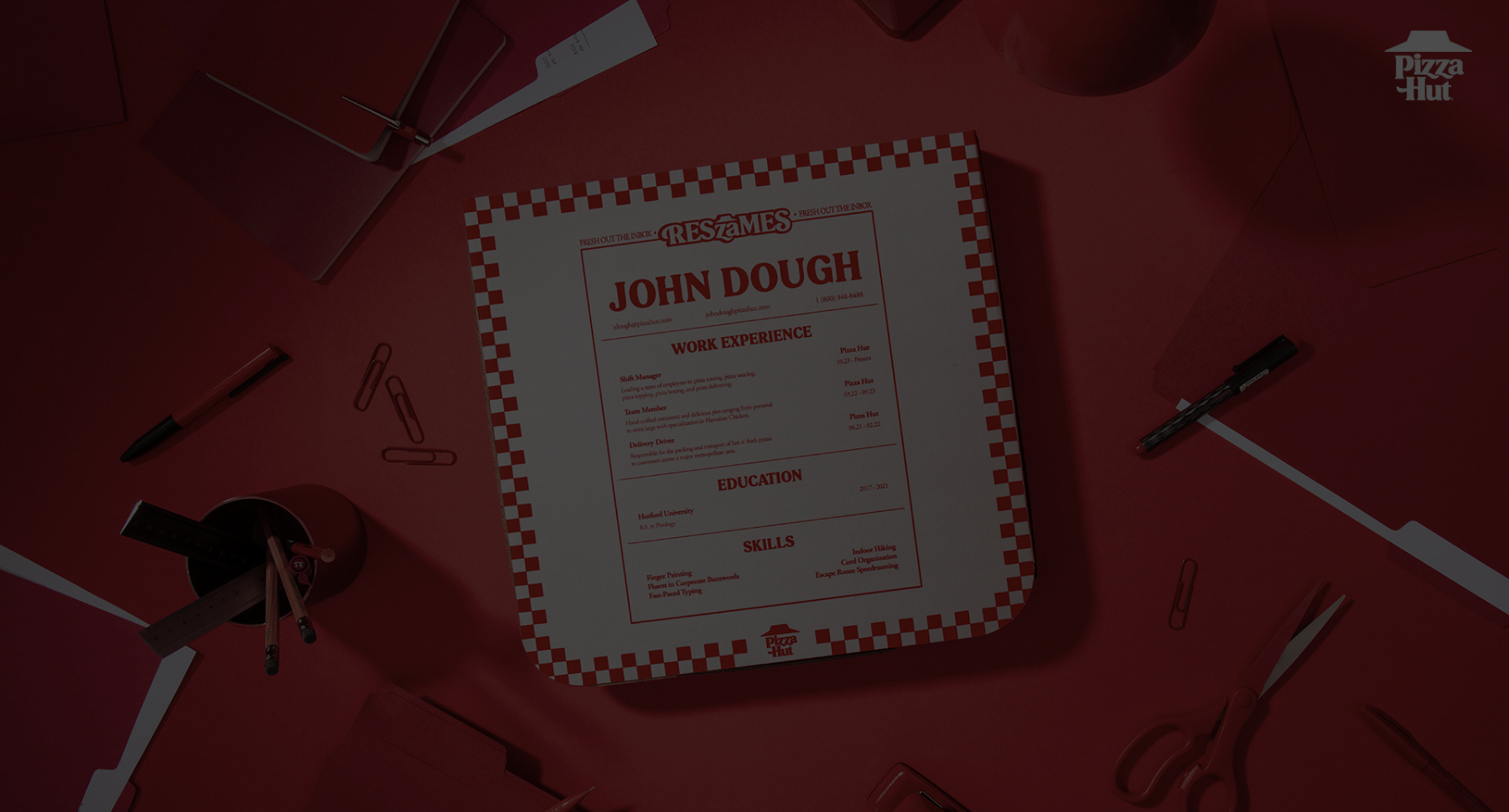Should I Switch to Shopify? A Complete Guide for Business Owners
Key Summary
If you are considering a move to Shopify, this guide walks you through everything you need to know before making the switch. We explain what Shopify is, its pros and cons, and why it has become the go-to E-commerce platform for brands of all sizes. You will learn the true costs of migrating, including platform fees, build costs, and data migration, as well as when it makes sense to switch and when it may be smarter to wait. Finally, we cover how to judge your team’s readiness in one sitting. By the end, you will have a clear picture of whether Shopify is the right move for your business in 2025 and beyond.
What Is Shopify?
Shopify is an all-in-one E-commerce platform that allows businesses to sell online, in person, and across social media channels. It offers web hosting, a secure checkout, inventory management, marketing tools, and an extensive app ecosystem all under one roof. The platform is designed to be user-friendly, so you can focus on growing your business instead of managing complex technology.
Shopify is used by small startup businesses all the way to mega-brands such as Heinz, GymShark, Kylie Cosmetics, and More.
Pros of Using Shopify
Shopify remains a top choice in 2025 for a reason. Here are some of the biggest advantages:
Ease of Use: Its interface is clean and intuitive, so non-technical teams can launch and manage stores without heavy developer involvement.
Conversion-Optimized Checkout: Shopify’s checkout is fast, secure, and trusted by consumers worldwide, which helps reduce cart abandonment.
Mobile-First Performance: Themes are responsive and optimized for mobile, which is critical as mobile commerce continues to grow.
Scalability: Whether you are a solo entrepreneur or a large enterprise, Shopify can scale with you. Shopify Plus supports automation and international expansion.
App Ecosystem: Thousands of apps allow you to add functionality like subscriptions, loyalty programs, reviews, and upsells with minimal development time.
Cons of Using Shopify
No platform is perfect, and Shopify has a few trade-offs to be aware of before switching:
Transaction Fees: Unless you use Shopify Payments, you will pay extra transaction fees on each order.
Limited Backend Customization: While Shopify themes are flexible, certain custom features require workarounds or custom development.
App Costs Can Add Up: Many apps have monthly fees, so relying too heavily on third-party apps can increase costs over time.
Content Management Limitations: Shopify is not a full CMS, so businesses with heavy blogging or content marketing needs may find it less flexible compared to WordPress.

Why Shopify Is on So Many Shortlists in 2025
Shopify pairs a reliable checkout with a polished admin that non technical teams can learn quickly. Themes are modern, the app ecosystem is deep, and the checkout is built for conversion. For growing brands, this balance of simplicity, performance, and extensibility is hard to beat. If your current stack feels fragile or slow, or if routine updates require developers for every small change, Shopify can reduce complexity while improving the customer experience.
Who Should Consider Switching Now
You are a strong candidate if your store needs a faster checkout, more stable uptime, or an easier way to launch products and landing pages. Brands expanding into new channels, new markets, or subscriptions often benefit from native integrations that reduce manual work. If you plan to increase paid traffic this year, optimizing conversion rate and page speed is essential, and Shopify gives you a solid foundation to do both.
When Waiting to Switch May Be Smarter
Staying put can be reasonable if your current platform is deeply customized and stable, or if your team relies on features that are not available in your preferred Shopify theme or app set. If a major campaign is already in flight, avoid switching mid launch. Migrate after your peak season, not during it. A deliberate schedule reduces risk and preserves momentum.

Total Cost Factors
Understanding the full cost of switching to Shopify is key before making the leap. Here is a breakdown of the three major cost areas you should plan for:
Platform Fees
Shopify’s subscription plans start at $29 per month for the Basic plan, which is suitable for most small businesses. The Grow plan at $79 per month includes more reporting and user accounts, while the Advanced plan at $299 per month adds custom reporting and lower transaction fees. Shopify Plus is custom-priced and typically starts around $2,000 per month for enterprise-level brands.
Unless you use Shopify Payments, Shopify charges transaction fees, so factor in 2.9% + 30¢ per online credit card transaction for Basic plans.
Build Costs
This includes everything from theme selection to site design and development. The most cost-friendly approach is to use one of Shopify’s free themes, customize colors and content yourself, and install a few essential apps.
Paid themes typically range from $200 to $400 for a one-time fee. If you want a unique, branded experience, you can invest in custom design and development from a professional agency like Torro’s Web Design Services. Custom builds can range in price depending on complexity, number of pages, and special functionality like subscriptions, bundles, or advanced search filters.
Migration
Migration costs depend on the size of your catalog, number of customers and orders, and whether you handle the work internally or outsource it. Manual migration can be inexpensive if you have a small product line and the time to manage it. Automated tools like LitExtension or Matrixify typically start at around $79 and scale based on the number of entities you are migrating.
By understanding these three cost pillars, you can build a realistic budget and avoid unpleasant surprises. Whether you choose a cost-conscious DIY setup or a fully custom experience with professional development, Shopify offers a flexible path for businesses of every size.
How to Judge Readiness in One Sitting
List your top five pain points with your current set up. Match each one to a Shopify feature or workflow that solves it. Calculate the effort to migrate products, pages, and redirects. Identify any must-have customizations, then confirm theme or app coverage. If four of five pain points have a clear fix, and migration looks practical in a six to ten week window, switching is likely worth it.
Bottom Line
If your team needs speed, reliability, and a cleaner workflow, Shopify is a strong move in 2025 into 2026. With the right plan, a careful migration, and light, thoughtful customization, most brands see faster iteration and a stronger customer experience. If your current platform blocks growth or eats time, switching can pay back quickly.
If it seems like it may be time for your E-commerce site to migrate to Shopify, contact Torro Media today for a personalized quote and expert guidance on making the move as smooth as possible.
Frequently Asked Questions
Is Shopify good for small business E-commerce or only for larger brands?
Shopify is a good platform for both small businesses and larger brands. Small teams get an easy admin and reliable checkout. Larger brands can use advanced features, deeper integrations, and Plus for scale.
How long does a typical Shopify migration take?
The length of a typical Shopify migration will vary depending on how many products you have, how much historical data is being migrated, and if you are doing it yourself or with an external company.
Will switching to Shopify hurt my SEO?
Switching to Shopify will not hurt your SEO if you execute one-to-one redirects, preserve content, and maintain internal links. Temporary ranking swings are normal and usually stabilize.
What is the difference between Shopify Basic and Shopify Plus?
The difference between Shopify Basic Plan and Shopify Plus Plan is that Shopify Plus offers more automation, checkout flexibility, and multi-store tools. It is designed for high-volume merchants that need control, security, and scale. Smaller businesses may not need this functionality and should not pay the higher price associated with Shopify Plus.
What does Shopify cost compared to my current platform?
When looking to compare the cost of Shopify compared to your current platform you will have to take into consideration the platform fee, theme or build expense, and app subscriptions. Many brands offset these with time savings and higher conversion rates.

.png)


